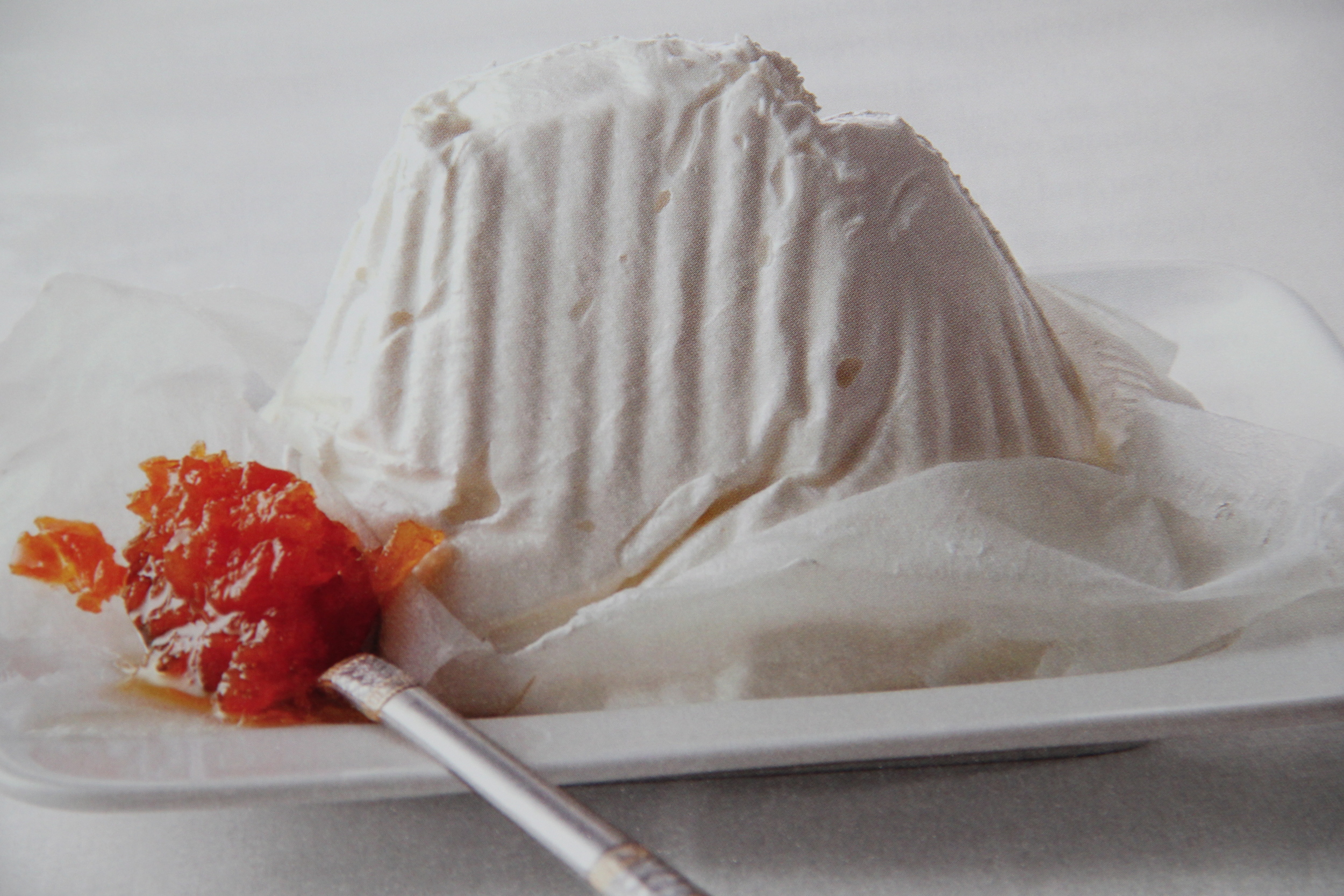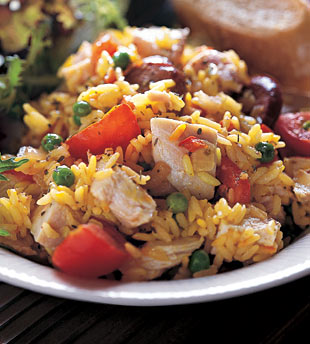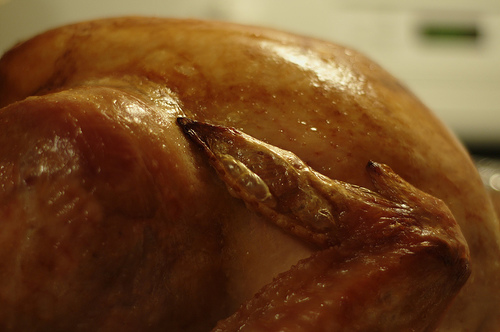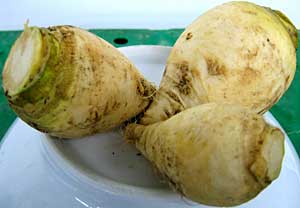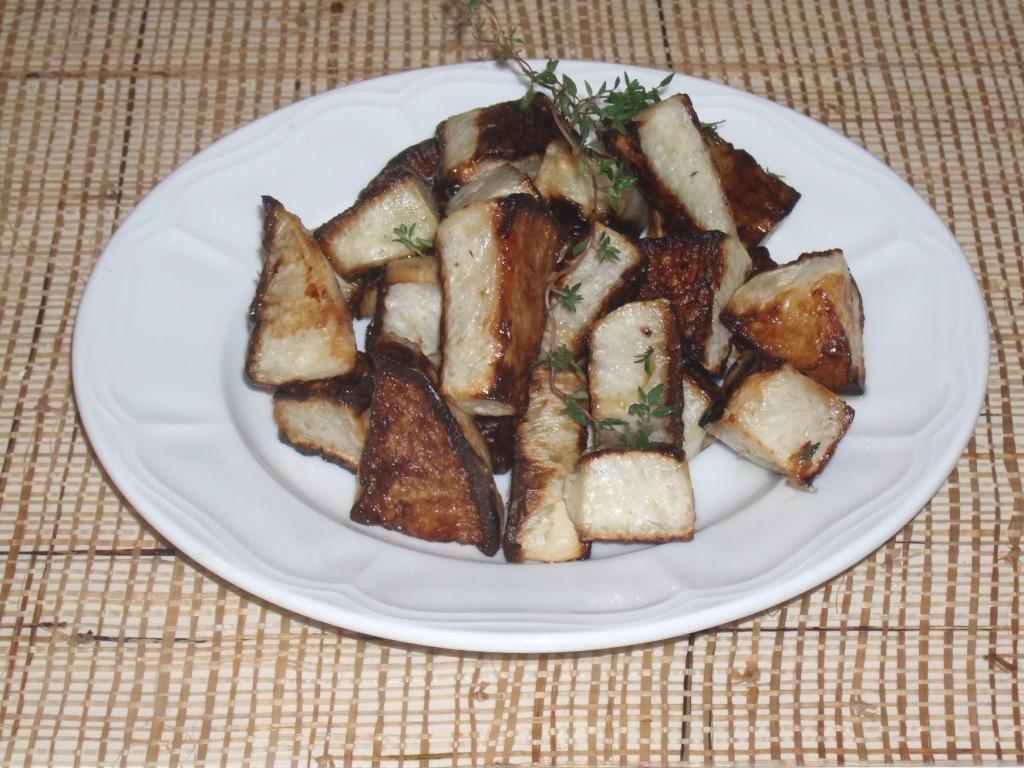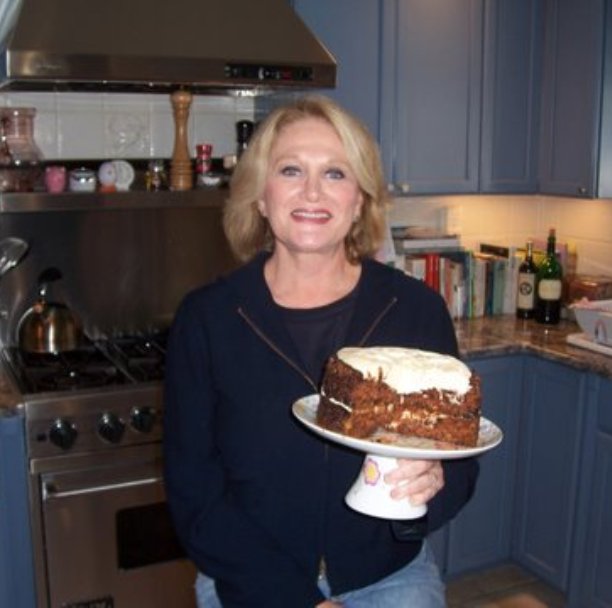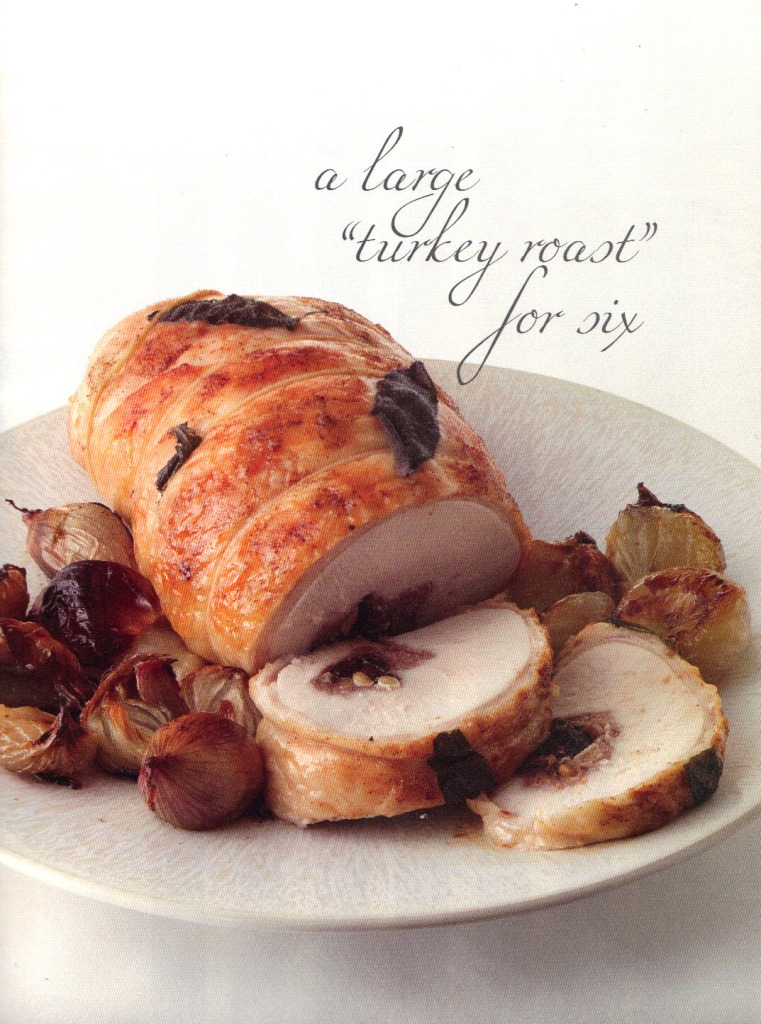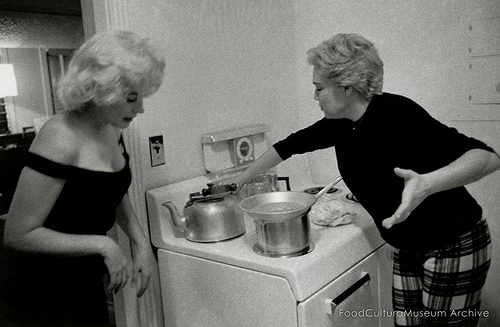This year we consumed four Thanksgiving dinners. This is my husband's* account of dinner #3 hosted by another one of the most fabulous home cooks we know. Recipe below.
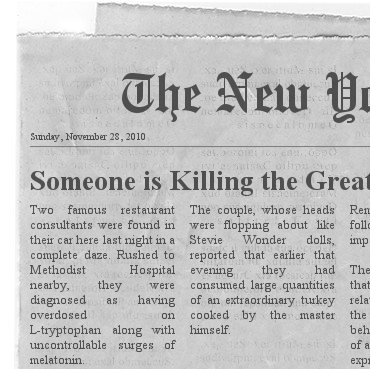 The New York Gazette
The New York Gazette
Someone Is Killing the Great Consultants from Brooklyn
Brooklyn, NY -- Nov 28 – Two famous restaurant consultants were found in their car here last night in a complete daze. Rushed to Methodist Hospital nearby, they were diagnosed as having overdosed on L-tryptophan along with uncontrollable surges of melatonin.
The couple, whose heads were flopping about like Stevie Wonder dolls, reported that earlier that evening they had consumed large quantities of an extraordinary turkey cooked by the master himself – a seasoned amateur named Geoffrey Weill of North Bergen, NJ. According to the couple, from various accounts pieced together by the hospital’s staff, they were lured to New Jersey with the promise of a modest Thanksgiving dinner, only to be assaulted by an array of irresistible comestibles, their will to resist greatly compromised by champagne being poured down their empty stomachs.
Medical experts says that this condition frequently is induced during the Thanksgiving period with intent to do harm, although the couple, whose names were withheld pending notice of next of kin, appeared to be unscathed. There still was money in their pockets and credit cards unused.
Law enforcement officials said that no specific law was broken since the couple was not harmed but that they were exploring the legal implications of being seduced to cross state lines with malicious intent.
A Methodist Hospital spokesperson reported, shortly before midnight, that the couple would recover. However, in their delirium they talked about a mystical cranberry relish with pomegranate syrup; a stuffing so wonderful that it must have possessed ingredients that were medically antagonistic to human genes, and some superlative orangey-yellowish vegetable whose name they could not recall.
Calls to the home of Mr. Weill went unanswered and his whereabouts were not immediately known. He and his wife were described by neighbors as ordinary sort of people with a reputation for staging fabulous dinners. No one recalled anyone in their neighborhood ever falling prey to foul play after dining with the Weills. Checks of credit card usage at nearby supermarkets revealed that Mr. Weill had indeed purchased a turkey at Pathmark earlier in the week, this turkey being larger than any 24 people could safely consumer, and observers say that based on car counts there were no more than a dozen adults in the house that evening.
A turkey carcass was discovered in the couple’s car, suggesting to police that they had been given the promiscuous remains of that turkey and that they had consumed, perhaps with the urging of their hosts, all the remaining meat since only the bones were left as evidence.
My Once-A-Year Turkey Broth 2 tablespoons olive oil 3 cups finely chopped onions 1 large meaty turkey carcass 4 chopped tomatoes 2 bay leaves 6 cups, more or less, leftover roasted or raw vegetables 4 cloves garlic
Heat oil in a very large pot. Add onions and cook over high heat, stirring often, for 15 minutes until dark brown. Crack turkey carcass in half and put in the pot. Add remaining ingredients and water to cover by 1 inch. Bring to a boil, lower heat and add 1 tablespoon salt. Simmer for 2 to 3 hours. Strain soup into clean pot and reduce until desired flavor is reached. Makes about 2 quarts
* My husband Michael Whiteman (baumwhiteman.com) is an international restaurant consultant who (with partner Joe Baum) created the Rainbow Room and Windows on the World.
